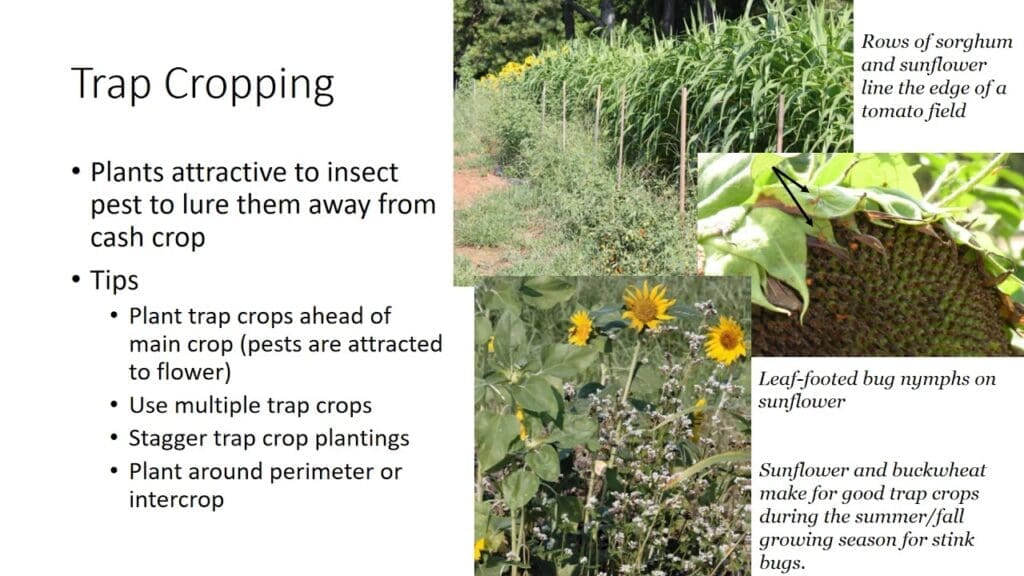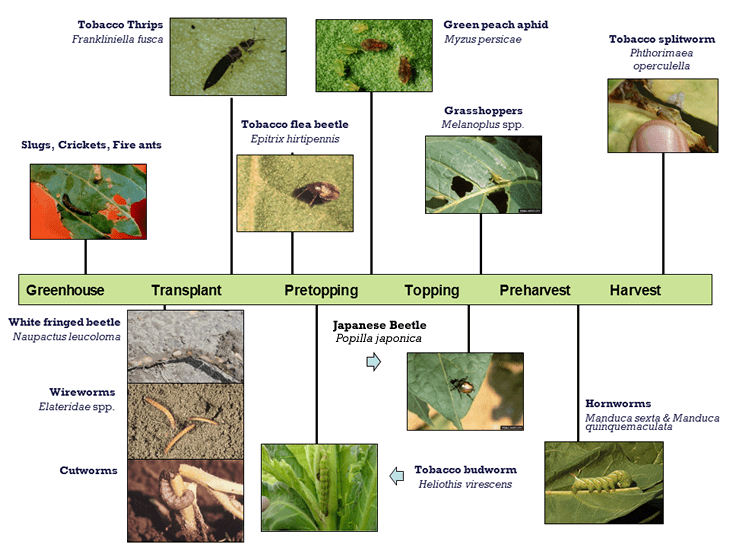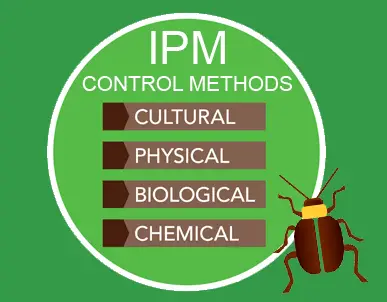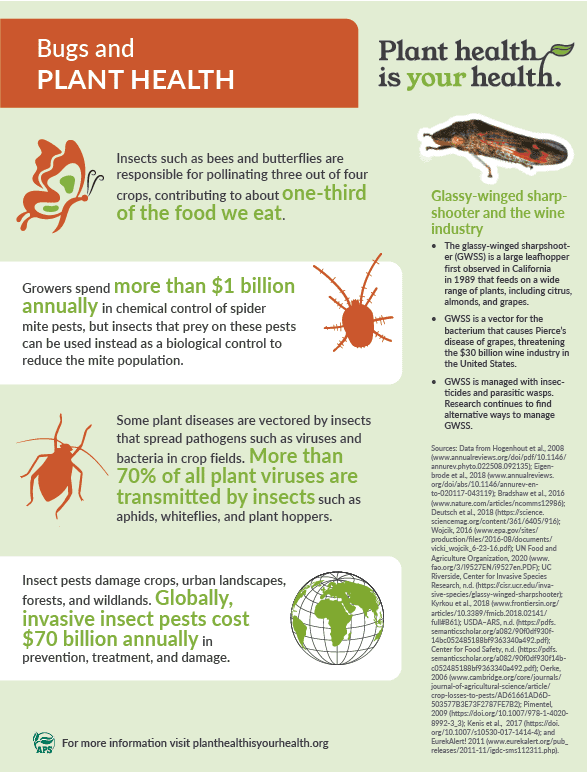Imagine a world without pests. No buzzing flies, no scurrying cockroaches, and no pesky mosquitoes interrupting your peaceful nights. While pests may seem like nuisances that deserve nothing more than eradication, their cultural significance goes far beyond their ability to annoy. This article explores the unexpected ways in which pests have shaped human history, influenced art and literature, and even played a role in shaping our identities. Prepare to see pests in a whole new light as we uncover the cultural significance of these seemingly insignificant creatures.
Cultural Perceptions of Pests
Pests have played a significant role in shaping cultural perceptions throughout history. They have been associated with religious symbolism, superstitions, and even mythology. These cultural beliefs and practices have influenced various aspects of human life, including art, literature, popular culture, medicine, cuisine, fashion, architecture, sports, and festivals.
Religious Symbolism
In many religions, pests have been imbued with symbolic meanings. For example, in Christian traditions, pests such as locusts and flies are often associated with plagues and divine punishment. In Hinduism, certain pests like crows and rats are believed to be sacred and are associated with deities. In Egyptian mythology, the scarab beetle symbolized the sun god and was considered a protector against evil spirits.
Superstitions and Taboos
Superstitions and taboos around pests have also played a significant role in cultural beliefs and practices. For instance, it is commonly believed in some cultures that killing a spider will bring bad luck. In others, it is considered taboo to harm or kill certain pests, as they are believed to possess supernatural powers or bring good fortune. These cultural beliefs and superstitions have shaped the way people interact with pests in their daily lives.
Folklore and Mythology
Pests have often found their place in folklore and mythology, becoming characters in stories and legends. These tales often use pests as metaphors or symbols to convey moral lessons or explain natural phenomena. For example, the Aesop’s fable “The Ant and the Grasshopper” uses ants and grasshoppers to represent the virtues of hard work and laziness. In Norse mythology, the squirrel Ratatoskr is depicted as a messenger who spreads gossip between the serpent and the eagle.
Pests in Art and Literature
Throughout the history of art and literature, pests have been depicted in various forms, serving as sources of inspiration or metaphors for deeper meanings. Whether it is visual art, literature, or poetry, pests have offered artists and writers a rich wellspring of creativity.
Representations in Visual Art
Pests have been portrayed in visual art for centuries, appearing in paintings, sculptures, and other forms of artistic expression. From still-life paintings featuring insects to intricate insect sculptures, artists have captured the beauty and intricacy of pests in their artwork. These representations often reflect the cultural significance and symbolism associated with pests, as well as the artist’s personal interpretation.
Pests as Metaphors in Literature
In literature, pests have frequently served as metaphors to explore human nature, societal issues, and personal struggles. Authors have skillfully used pests to convey symbolism and evoke emotions in their readers. For instance, Franz Kafka’s novella “The Metamorphosis” depicts the protagonist turning into a giant insect, reflecting themes of alienation and existential dread. In George Orwell’s “Animal Farm,” pests like rats and fleas symbolize the corrupting influences of power.
Symbolism in Poetry
Poetry has also embraced pests as symbols and sources of inspiration. Poets have used the natural behavior and characteristics of pests to explore deeper emotional and philosophical themes. They often employ poetic techniques and vivid imagery to convey their ideas. For example, Emily Dickinson’s poem “The Spider holds a Silver Ball” uses spiders as a metaphor for the fragility of life and the delicate intricacies of the natural world.

Pests in Popular Culture
Pests have made their way into popular culture, appearing in various forms of entertainment like film, television, music, and video games. They often take on both positive and negative roles, depending on the context and storyline.
Pests in Film and Television
Pests have been portrayed in numerous movies and television shows, sometimes as protagonists and other times as antagonists. From classic films like Alfred Hitchcock’s “The Birds,” where birds terrorize a small town, to animated movies like Disney’s “A Bug’s Life,” which portrays insects as lovable characters, pests have provided entertainment and storytelling opportunities for filmmakers. They can evoke fear, amusement, or even empathy from the audience.
Pests in Music
Pests have also found their way into the world of music. Songs have been written and performed about pests, often reflecting cultural attitudes or using pests as metaphors. For example, the Beatles’ “Blackbird” uses the metaphor of a blackbird to symbolize freedom and empowerment. In the realm of classical music, composers like Olivier Messiaen have drawn inspiration from birdsong, incorporating it into their compositions.
Pests in Video Games
In the world of video games, pests have taken on various roles, from being enemies to playable characters. In games like “Pokemon,” players can capture and train insect-type creatures to battle against other players. In the popular game “Don’t Starve,” players must defend themselves against hordes of pests like spiders and mosquitoes while surviving in a hostile environment. Pests in video games can serve as challenges for players to overcome or offer opportunities for strategic gameplay.
Pests and Historical Events
Pests have played a significant role in shaping historical events, often leaving a mark on human history that extends beyond their physical presence. From being catalysts for societal changes to influencing cultural movements, pests have left an indelible impact on numerous historical narratives.
Pests in Historical Accounts
Historical accounts have documented the devastating effects of pest infestations throughout history. Locust swarms, for example, have caused widespread famine and economic hardship, leaving their mark on ancient civilizations like Egypt and biblical narratives. Historical records have also recorded instances of outbreaks of pests like rats, fleas, and mosquitoes, which have spread diseases and caused significant human suffering.
Effects on Human History
Pests have influenced the course of human history in various ways. For example, the spread of the bubonic plague, carried by fleas on rats, had a profound impact on the social, economic, and political landscape of Europe during the Middle Ages. It led to the collapse of feudalism, changed the power dynamics between classes, and paved the way for the Renaissance. Pests have also played a role in shaping exploration and colonization, as voyages were often motivated by the search for new resources and territories free from pest infestations.
Influence on Cultural Movements
Pests have also influenced cultural movements, sparking shifts in scientific, artistic, and philosophical thinking. The study of pests and their behavior has contributed to the development of entomology as a scientific discipline. Pest-related themes and ideas have inspired artists, writers, and philosophers, providing new perspectives on nature, humanity, and the interconnectedness of all living beings. These influences can be seen in the works of naturalists like Charles Darwin, who observed the intricate ecosystems pests inhabit, and in the art movements that sought inspiration from the natural world.
Pests in Traditional Medicine
Traditional medicine in various cultures has regarded pests as remedies for different ailments or incorporated them into healing practices. These cultural beliefs and practices have shed light on the perceived medicinal properties and cultural significance of pests.
Pests as Remedies
In some traditional healing systems, pests have been used as remedies for different health conditions. Traditional Chinese medicine, for example, has utilized insects like ants and beetles for their purported medicinal properties. Ants have been used for their anti-inflammatory properties, while beetles have been believed to alleviate pain and promote healing. These remedies are often based on the observations of the behavior and characteristics of the pests.
Pests in Traditional Healing Practices
Pests have also been incorporated into various traditional healing practices around the world. In certain African cultures, for instance, bee stings have been used in traditional healing rituals to treat certain diseases and conditions. Some tribes in the Amazon rainforest have utilized venomous ants in their healing ceremonies as a way to cleanse and protect against evil spirits. These practices serve as a testament to the cultural significance pests hold in traditional medicine.
Cultural Beliefs about Pest Remedies
Cultural beliefs surrounding pest remedies often go beyond their physical healing properties. They are intertwined with spiritual beliefs and traditions, reflecting a holistic understanding of health and well-being. The use of pest remedies is often accompanied by rituals, prayers, and specific instructions to ensure their effectiveness. These cultural beliefs continue to be passed down through generations, providing insight into the diverse ways in which pests have been perceived and utilized in traditional medicine.
Pests in Cuisine and Food Culture
While pests are often viewed as nuisances, they have also found their way into culinary traditions and food cultures in various parts of the world. Insects, for example, are consumed as food in many cultures, offering a unique culinary experience and a rich source of nutrition.
Insects as Food
Insects have been consumed as food in certain cultures for centuries. Considered a sustainable and protein-rich source, they have found their way into traditional dishes and street food delicacies. Insects like crickets, mealworms, and ants are often incorporated into savory snacks, stir-fries, and even desserts. These culinary practices highlight the cultural acceptance of pests as valuable food sources and reflect the creativity and resourcefulness of different communities.
Pests in Traditional Recipes
Pests have also made their way into traditional recipes, adding unique flavors and textures to dishes. In Mediterranean cuisine, for example, anchovies and sardines, though considered pests by some due to their abundance, are prized ingredients in various dishes. Pests like termites and grasshoppers are used in traditional African recipes, providing a distinct taste and cultural identity to the cuisine. These traditional recipes showcase the adaptability and ingenuity of different cultures when it comes to incorporating pests into their culinary traditions.
The Cultural Acceptance of Pest Ingredients
The cultural acceptance of pest ingredients in certain cuisines highlights the diversity of food cultures and the willingness of societies to explore different tastes and culinary practices. It challenges preconceived notions of what is considered edible and encourages a more sustainable approach to food production and consumption. Incorporating pests into cuisines not only diversifies culinary experiences but also opens up opportunities for economic development, as entrepreneurs explore new markets and products related to pest ingredients.

Pests in Clothing and Fashion
Pests have had a historical presence in the world of clothing and fashion, though mostly as a detriment. Textile-damaging pests have posed challenges throughout history, while certain cultures have also made use of pest materials and motifs in fashion design.
Textile-Damaging Pests
Pests like moths, carpet beetles, and clothes moths have been longstanding nuisances in the fashion world. They feed on natural fibers, such as wool, silk, and fur, leading to significant damage to clothing and textiles. Efforts to control and prevent infestations by these pests have been crucial in the preservation of historical garments, delicate fabrics, and valuable textiles.
Historical Use of Pest Materials
While pests have typically been seen as adversaries in the fashion industry, certain cultures have historically made use of pest materials in their clothing. For example, ancient Egyptian craftsmen used beetle wings to create decorative collars and jewelry. The iridescent hues of the wings added a touch of elegance and sophistication to their designs. Similarly, some indigenous cultures have utilized feathers from pest birds to create intricate headdresses and embellish garments.
Pests in Fashion Design
In contemporary fashion, some designers have incorporated pest motifs and imagery into their creations. From prints featuring insects to bold representations of pests on garments, fashion designers have embraced the cultural significance and intrigue that pests can bring to their designs. These creations challenge traditional notions of beauty and aesthetics, sparking conversations about our relationship with pests and the natural world.
Pests in Architecture and Design
Pests have not only left their mark on human habitats but have also inspired architectural designs and influenced various design disciplines.
Wood-Destroying Pests
Pests that destroy wood, such as termites and wood-boring beetles, have had a significant impact on architectural structures. Throughout history, these pests have caused damage to timber buildings, furniture, and other wooden elements of human dwellings. The prevention and treatment of these infestations have played a crucial role in architectural preservation and the development of pest-resistant building materials.
Pest-Inspired Architecture
Pests have also inspired architectural designs, particularly in the realm of biomimicry. The study of pest behavior and natural structures has influenced architects and designers, leading to innovations in building design and sustainable practices. For instance, termite mounds have inspired passive cooling systems in architectural designs in hot climates, as the mounds’ ventilation systems effectively regulate temperature and airflow.
The Use of Pest Motifs in Design
Pest motifs and imagery have been incorporated into various forms of design, from interior design to graphic design. Products, textiles, and artworks often feature pest-inspired patterns and prints, reflecting cultural perceptions and adding an element of intrigue to everyday objects. These designs invite people to reconsider their relationship with pests and appreciate the beauty and uniqueness of their forms.

Pests in Sports and Games
Pests have also made their way into the realm of sports and games, sometimes serving as targets or becoming part of cultural iconography within these activities.
Pests as Hunting or Fishing Targets
In certain sports and recreational activities, pests are targeted as part of the gameplay. For example, in hunting and fishing, various pests are sought after for sport, food, or pest control purposes. Hunting game birds like ducks, pheasants, or geese and fishing for pest fish like carp and catfish are examples of activities that incorporate pests into the sporting experience.
Pest Imagery in Sports Logos
Pest imagery has been used in sports logos and team mascots as a way to evoke specific characteristics or cultural associations. For example, in American football, teams like the Baltimore Ravens and the Atlanta Falcons have chosen pest birds as their mascots, symbolizing speed, agility, and tenacity. These symbols and mascots contribute to the visual identity of the teams and cultivate a sense of community and pride among fans.
Pests in Traditional Games
Pests have also found their way into traditional games and recreational activities in different cultures. For instance, in India, the sport of kabaddi involves two teams trying to tag members of the opposing team while avoiding being caught. The game is played on a field covered with a mixture of clay and cow dung, which can attract pests like flies. This traditional game reflects the close connection between cultural practices, sports, and the natural environment.
Pests in Festivals and Celebrations
Pests have become central figures in various festivals and celebrations around the world, often embodying cultural customs, traditions, and spiritual beliefs.
Pests as Central Figures in Festivals
In some cultures, pests take center stage during festivals, becoming the focus of celebration and reverence. For example, the Khele festival in Nepal celebrates the harvest season and involves traditional dances performed by performers dressed as various animals and pests. The costumes and dances portray stories from Hindu mythology and symbolize the balance between humans, pests, and nature.
Pest-Related Customs and Traditions
Pest-related customs and traditions have become integral parts of festivals and celebrations. These rituals often aim to ward off pests, protect crops, or bring good luck. In some Asian cultures, the festival of Pongal involves creating elaborate rangoli designs using rice flour and other natural materials. These designs are believed to invite pests like birds and cattle, signifying abundance and prosperity. Similar customs and traditions can be found in other parts of the world, highlighting the shared cultural importance of pests in celebrations.
Pests in Rituals and Ceremonies
Pests have also become part of various religious and spiritual rituals and ceremonies. In some Native American tribes, rituals involving the burning of insects like ants or beetles are performed to seek spiritual guidance, protection, or purification. These rituals reflect a belief in the interconnectedness of all living beings and the significance of pests in the natural world.
In conclusion, pests have left an indelible mark on human culture throughout history. Their presence has influenced religious beliefs, artistic expressions, cultural practices, culinary traditions, and the way we perceive and interact with the world around us. From religious symbolism and superstitions to their role in art, literature, and popular culture, pests have become an integral part of our cultural fabric. Understanding the cultural significance of pests allows us to appreciate the diverse ways in which they have shaped human history and continue to impact our lives.


I am Randy, the author behind PestControld.com. Drawing from decades of experience, I aim to provide valuable insights, expert advice, and practical recommendations to help you make informed decisions when assessing viable pest control solutions.
